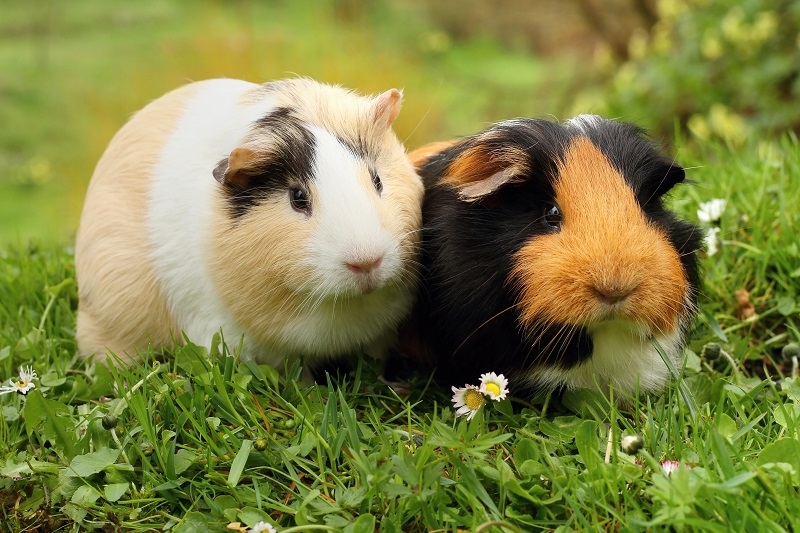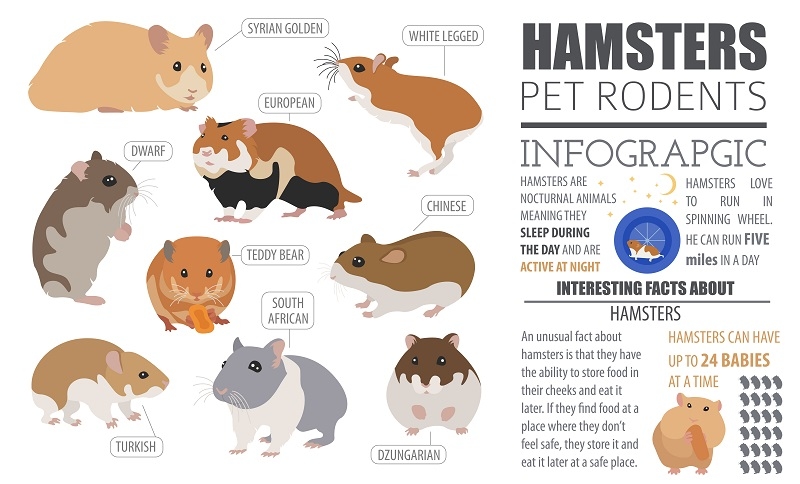
Selecting your very first pet can be an enjoyable experience, and the ideal first and family pet is the hamster. Hamsters are tiny, friendly, and full of enjoyable interaction. They are not all identical, though. Hamsters come in different breeds, and they differ in terms of size, temperament, longevity, and maintenance. With the hope of assisting you in an accurate decision-making process, the guide offers a general hamster breed comparison and also addresses key factors such as temperament, life expectancy, and child-friendliness. Also, let’s explore the best hamster breed for kids.
Of all the most frequently asked hamster beginner questions, one of the most popular is the question of Syrian hamster vs dwarf hamster. They're both favorite hamsters but have some fundamental differences that will impact your experience.
Syrian hamsters are larger and typically 5–7 inches long. Syrian hamsters are tolerant in nature and easily handled, and so it is an appropriate option for children in families. Syrian hamsters must be kept separately so they will not fight with one another.
The dwarf hamsters are shorter, usually 2–4 inches in length. Roborovski, Campbell's, and Winter White hamsters are a few of the popular breeds. Unlike Syrian hamsters, some of the dwarf species can be kept in same-sex pairs or tiny groups if properly introduced.
This Syrian hamster vs dwarf hamster comparison affirms that Syrian hamsters are ideally suited to families seeking an interactive pet experience, but dwarf hamsters are ideally suited to owners who like to watch natural hamster behavior.
It is important to remember a hamster size reference when getting your home ready for a new pet. The size will dictate the requirements of the cage, sizes of the food, and the handling routine.
It is the knowledge of these differences which will see your hamster's cage and accessories being of the right size so your pet is safe and secure.
If your family has young children, it is important to select the most suitable hamster breed for children.
Syrian hamsters are generally considered to be the ideal option due to their friendly nature and ability to cope well with being handled.
Advantages:
Disadvantages:
Dwarf hamsters are also kept by older children who know how to handle tiny animals with care. The only major requirement is supervision because of their size, since they are vulnerable to injury by way of carelessness. When choosing the right hamster breed for kids, always have in mind issues like size, temperament, and lifespan.
One of the better comparisons of hamster breeds would also cover behavior characteristics because this has to do with daily interaction and enjoyment. One separation of hamster behavior by breed is the following:
Knowing hamster behavior by breed prepares the family and new owners to steel themselves for difficulties and provide a supportive environment.

The other factor that is of most importance in comparing any breed of hamster is life expectancy. Knowledge of the differences between hamster breeds in terms of life expectancy serves to prepare families for long-term care and emotional commitment.
Even though no hamster lives longer than a few years, knowledge of hamster breed lifespan differences helps families plan for care, budget, and play time.
Having the right breed chosen, building the optimal cage is essential. Your hamster size chart may help you select cage size and accessories.
A better setup makes the pet-parent life better and ensures the health and happiness of the hamster.
Socialization is the secret to bonding with hamsters. Use this breed-by-breed guide:
Daily gentle and regular handling promotes trust and enhances the bond between your hamster and your home.
A hamster breed comparison is also true in the area of diet. All hamsters require a balanced diet of:
Dwarf hamsters can have a bit less food than Syrian hamsters, depending on size and how rapidly they metabolize things.
Hamsters are a fairly healthy pet, but breeds can vary in tolerance to certain sicknesses.
Regular vet checkups, cage cleaning, and good care can avoid most illnesses.
The following is worth considering in your decision:
A good knowledge of hamster breed comparisons will help your new pet feel comfortable in your house.
A well-researched hamster breed comparison is worth its weight in gold to new parents and pet owners. Syrian and dwarf hamsters both have their charms, and your decision should factor in temperament, size, lifespan, and handling. Syrian hamsters are generally the ideal hamster breed for children in that they are tame and big enough to pick up, whereas dwarf hamsters are best suited to people who want active, attentive pets.
By using a hamster size chart, observing hamster behavior by breed, and taking into account variation in longevity of hamster breeds, you can give your new furry companion a happy, healthy home. With the proper breed and care, hamsters can be a joy, a friend, and a responsibility for any family.
This content was created by AI